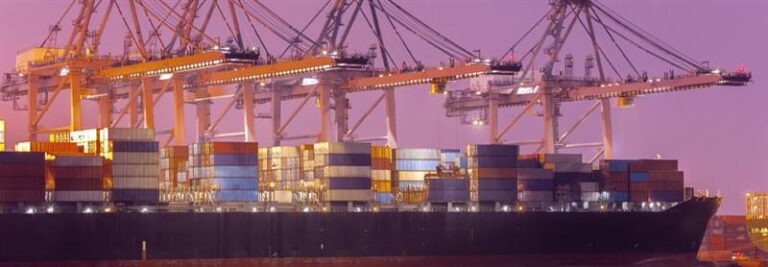
A Comprehensive Guide to Restaurant Management
Running a restaurant in 2025 isn’t just about great food anymore—it’s a balancing act of cost control, razor-thin margins, labor shortages, sky-high diner expectations, and nonstop technology shifts. Whether you’re overseeing a single neighborhood bistro or a multistate concept, today’s operators wear more hats than ever: supply-chain analyst, marketing strategist, data wonk, culture builder, and—oh yes—host. Navigating that complexity can feel overwhelming, but it also opens the door to unprecedented opportunity. This guide distills the hard-won lessons, missteps, and breakthroughs we’ve observed while supporting thousands of kitchens through the Buyers Edge Platform’s data-driven purchasing and rebate programs. You’ll find practical frameworks, real-world examples, and field-tested tips to help you master the ten pillars of modern restaurant management—from inventory to guest loyalty—while sidestepping common pitfalls that drain profit. Use it as a roadmap, a refresher, or a sanity check whenever the daily grind starts to blur the bigger picture. Ready to








